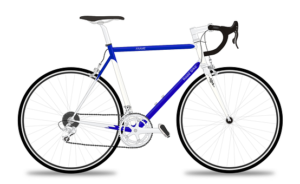Diving Medicine: How Hyperbaric Chambers Save Divers’ Lives
You might know hyperbaric chambers from many celebrities, promoting a new viral therapy for athletes, brain injury, and many more. But before you go on the search bar trying to find the best undersea and hyperbaric medicine near oakdale, you need to know that hyperbaric chambers are also crucial for divers.
Among the greatest dangers in diving is decompression sickness (DCS), often called ‘the bends.’ This life-threatening condition develops when rapid ascents cause nitrogen bubbles to form in the bloodstream, potentially triggering organ damage or fatal consequences. Fortunately, hyperbaric oxygen therapy offers an effective treatment—let’s explore how these pressurized chambers reverse this emergency.
Emergency HBOT for Scuba Accidents
When scuba divers ascend too quickly, the risk of decompression sickness is high. This condition requires immediate medical attention. Hyperbaric Oxygen Therapy (HBOT) steps in as a lifesaver in such emergencies. Exposing patients to increased atmospheric pressure, allows dissolved gases to leave the body safely. The therapy delivers pure oxygen that promotes healing and reduces swelling. In many cases, rapid treatment can mean the difference between life and death. Medical facilities equipped with hyperbaric chambers are often on standby near popular diving spots. Divers experiencing symptoms like joint pain or dizziness should seek help without delay. The process typically involves several sessions within these specialized chambers, focusing not just on recovery but on restoring normal physiological functions as well.
Decompression Sickness (The Bends) Explained
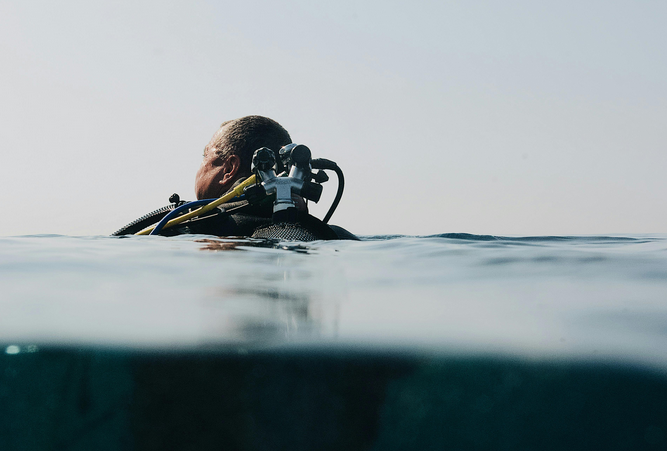
Popular as ‘the bends,’ this sickness develops when divers rise to the surface too fast right after deep-water exposure. At greater depths, heightened pressure always causes nitrogen in inhaled air to quickly dissolve into bodily tissues. If ascent occurs rapidly, the sudden pressure drop forces this nitrogen to form dangerous gas bubbles in the bloodstream. These bubbles can wreak havoc on the body, leading to symptoms that range from joint pain and dizziness to paralysis and even death. The severity of decompression sickness varies based on dive depth and duration. It’s not just recreational divers who are at risk; professional divers can also fall victim if they don’t adhere strictly to ascent protocols.
How Navy Divers Use Hyperbaric Medicine
Navy divers operate in extreme conditions, navigating depths that can be both thrilling and perilous. They encounter high-pressure environments that increase the risk of decompression sickness. To mitigate these risks, they utilize hyperbaric medicine extensively. This specialized treatment involves using hyperbaric chambers to restore normal pressure levels after deep dives. When a diver experiences symptoms of “the bends,” immediate access to a chamber becomes crucial. The process helps remove nitrogen bubbles formed during rapid ascents by increasing oxygen delivery to tissues. Hyperbaric medicine isn’t just for emergencies. It also plays a role in training, helping divers acclimatize their bodies before missions.
Prevention Tips for Safe Diving
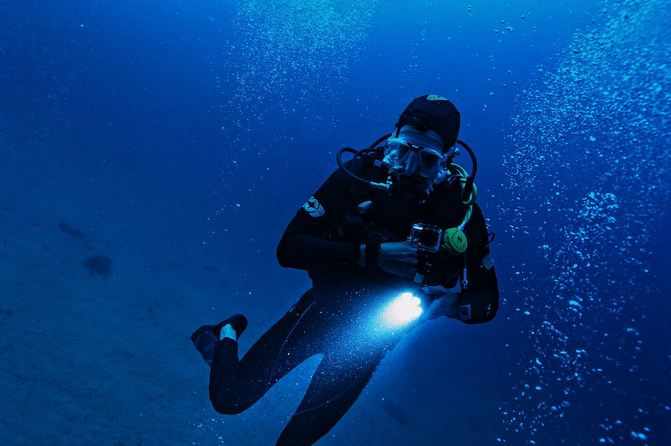
Diving safely starts before you even hit the water. Always check your equipment thoroughly. Make sure everything is functioning properly, from your tank to your regulator. Planning your dive is crucial. Understand the site conditions and potential hazards. Know the depths you’ll reach and set a clear timeline for ascent. Communication with fellow divers enhances safety. Discuss hand signals and emergency procedures before entering the water. Don’t rush during your ascent. A slow, controlled climb allows excess nitrogen to safely escape from your body, reducing risks associated with decompression sickness.
Hyperbaric chambers represent hope and healing for those affected by decompression illness or other pressure-related injuries. Their role in both emergency care and routine medical practices underscores their importance within the realm of diving medicine.…

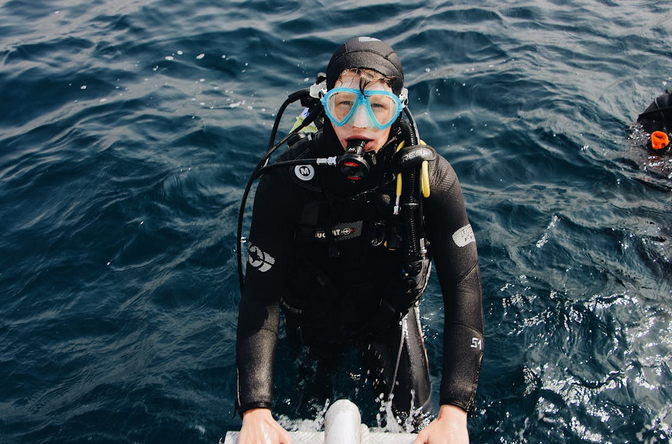


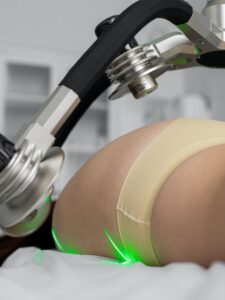 The fourth and final fact about liposuction is that it is not for weight loss. Liposuction is a body contouring procedure, not a weight loss surgery. Having realistic expectations about what liposuction can do for you is important. If you plan to do it for weight loss, you will be disappointed with the results. Liposuction can remove fat cells from specific areas of your body to create a more sculpted look, but it cannot help you lose significant weight.
The fourth and final fact about liposuction is that it is not for weight loss. Liposuction is a body contouring procedure, not a weight loss surgery. Having realistic expectations about what liposuction can do for you is important. If you plan to do it for weight loss, you will be disappointed with the results. Liposuction can remove fat cells from specific areas of your body to create a more sculpted look, but it cannot help you lose significant weight.
 A ketogenic diet doesn’t allow you to compromise the quality of your food or feed on anything you desire. Your body requires nutrients and proper care if you wish to get any positive health results. If a particular meal was unhealthy before, being on a keto diet doesn’t make it any better, and you should avoid it. This case applies to ketogenic approved fast meals as well.
A ketogenic diet doesn’t allow you to compromise the quality of your food or feed on anything you desire. Your body requires nutrients and proper care if you wish to get any positive health results. If a particular meal was unhealthy before, being on a keto diet doesn’t make it any better, and you should avoid it. This case applies to ketogenic approved fast meals as well. Any drastic modifications to your lifestyle are likely to cause your body to rebel. Several individuals complain of bloating during the initial stages of trying out this eating technique. These side effects are likely to subside the more you follow your new diet. When you notice positive changes, do not be quick to “reward” yourself with cake or junk. Maintain high levels of discipline and avoid cheating to prevent inconveniences with your diet plan and have to start all over again.
Any drastic modifications to your lifestyle are likely to cause your body to rebel. Several individuals complain of bloating during the initial stages of trying out this eating technique. These side effects are likely to subside the more you follow your new diet. When you notice positive changes, do not be quick to “reward” yourself with cake or junk. Maintain high levels of discipline and avoid cheating to prevent inconveniences with your diet plan and have to start all over again.




